Food Processing Sanitation
Sanitation Is Easily The Best Investment Your Operation Can Make To Control pathogens And ensure consumer safety. Whether You’re New To The Industry Or A Veteran There’s No Need To Be Intimidated By Creating Or Improving Your Sanitation Program. For the best results, we recommend a 7-step approach.
Step 1: Dry Clean- Good Housekeeping- messes during the production run should be cleaned up when they occur. This can reduce 20-30 minutes or more of the sanitation process. Remove all debris from the floor, take out any garbage and remove any solids or large particles from equipment. Begin tearing down any equipment that requires disassembly and cover all electronics and motors with plastic.
Objective: Visibly Clean
Step 2: Pre-Rinse- Being by rinsing surfaces to remove as many solids or particles as possible. We suggest using warm water to help break down any oils or fats. when rinsing, start at the top and work your way down to the bottom. Remember, The less residue on the surface the more effective your detergent will be.
Step 3: Apply Soap- having the right soap for the right soil is crucial on cutting down the time it takes to clean the equipment. We suggest a Foaming soap for many reasons. increased contact time on surfaces as well as a visual so employees know where they have applied product. apply foam from bottom to top. It’s important to define a starting and ending point, if you have a large piece of equipment, break it into sections. Ideally, stop before the foam begins to dry as it becomes much harder to remove.
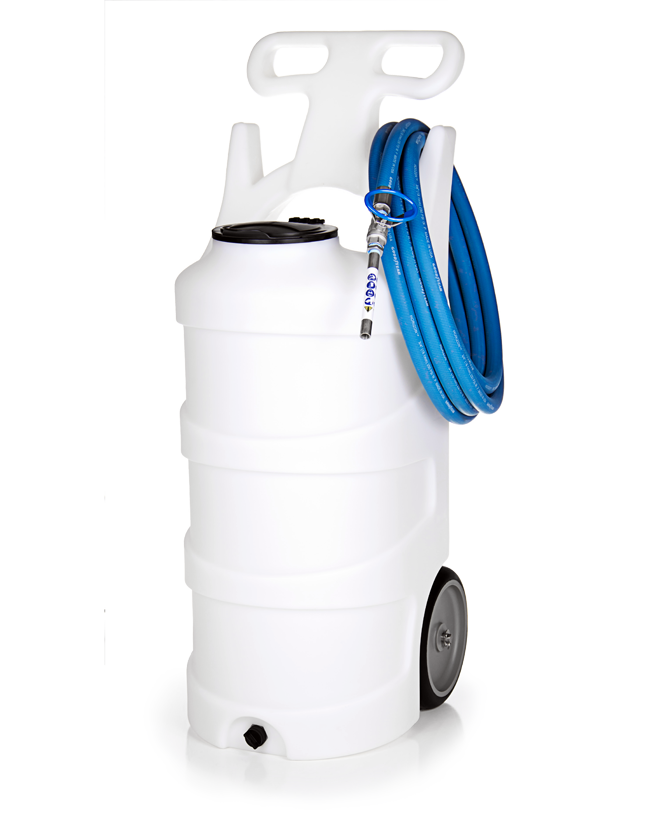
Powered by compressed air, this unit draws from pre-mixed chemical for excellent foam application.
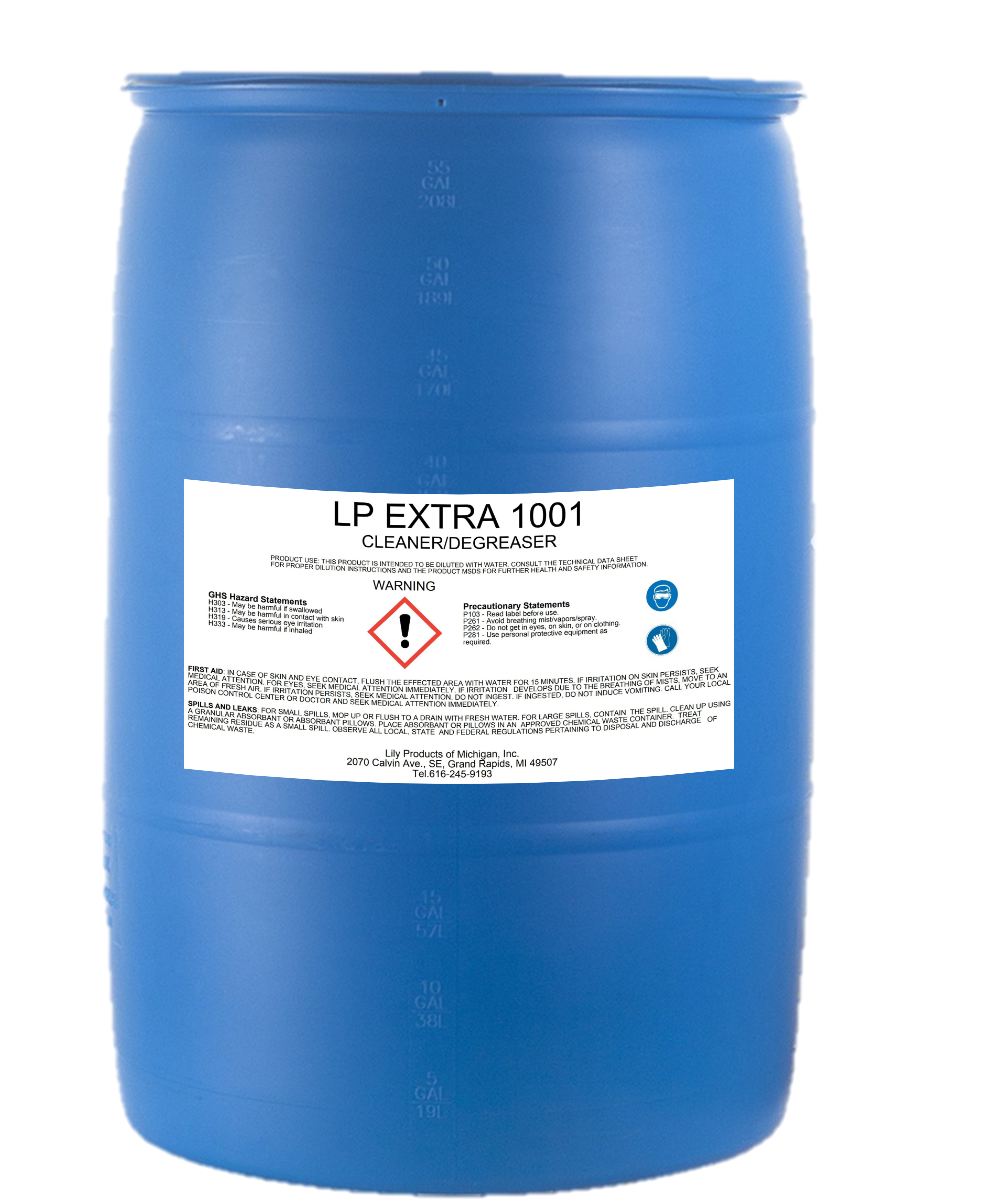
LP Extra 1001 is a powerful degreaser formulated with detergents, surfactants, and penetrants for extremely tough jobs that require extra strength.
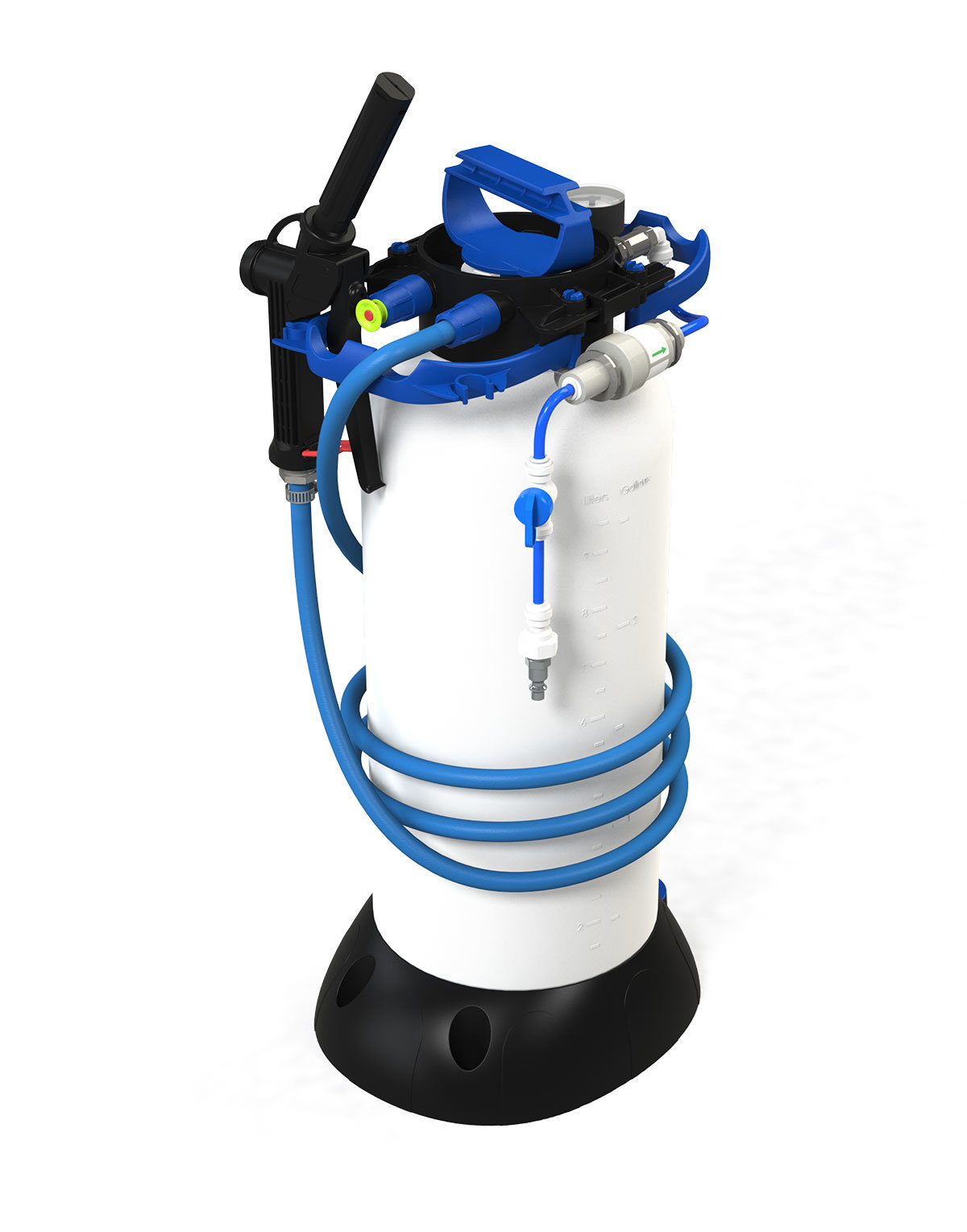
Compact foamer with manual pump perfect for small job and spot cleaning
Step 4: Scrub/Clean- Using brushes, scotch brite pads or an abrasive tool, scrub any area that has tough to remove soils or residue. Soap will help loosen the soil but scrubbing is essential to loosen soil and biofilms. Any biofilms found must be scrubbed to penetrate through the surface allowing for effective sanitizer contact.
Objective: Break up biofilms and loosen soil
Step 5: Rinse- Like in Step 2, begin rinsing all soap and loose debris by spraying from top to bottom. Be sure to spray down all surfaces including the underside of equipment where soap commonly collects. Remember, some soaps have the ability to neutralize your sanitizers so make sure there is none left behind.
Step 6: Inspect & Test- Verification should include a visual inspection for no debris or residue. It is important to perform any ATP testing at this point. This will allow for you to get an accurate reading and prevents wasted Sanitizer application.
Objective: Confirm Equipment is ready for sanitizer application
Step 7: Sanitize- Without sanitizing, a surface is never truly clean. Sanitizers are designed to attach to the cells of pathogen killing them on contact. Since contact is crucial for a sanitizer to work (it can’t kill what it can’t touch) we highly recommend fogging rooms with Oxine on a routine basis. Fogging allows for very small particle sizes to get in tough areas and cover a large surface area quickly.
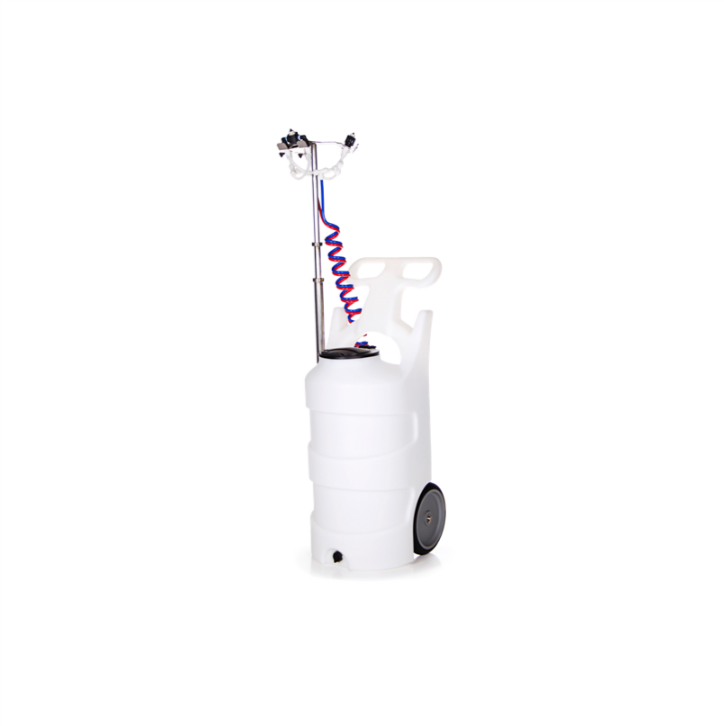
Air powered fogger/mister that draws from a pre-mixed solution to apply sanitizers in a hands-off method involving tiny droplets
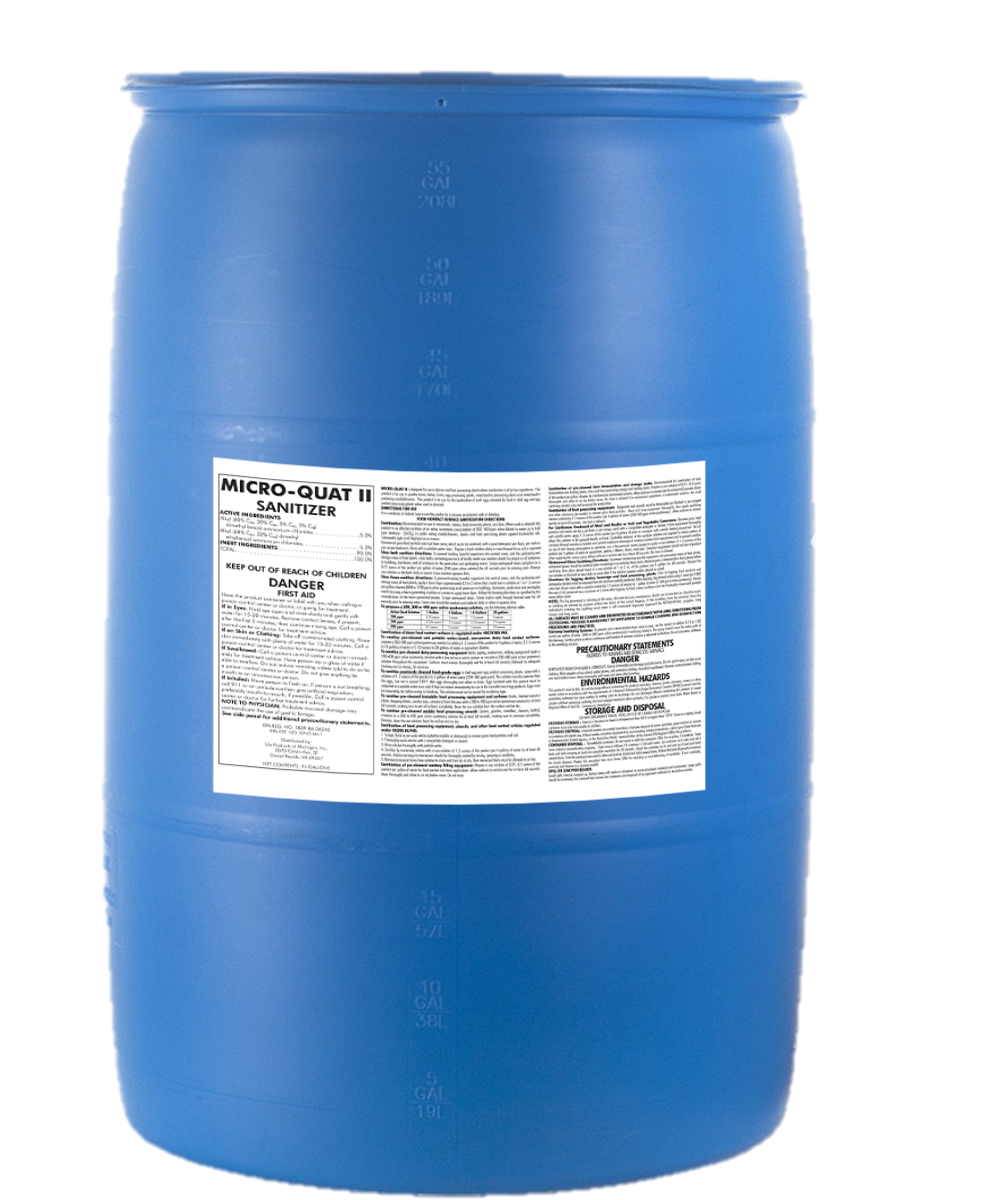
A quaternary ammonium sanitizer that's easily diluted and easy to apply. Safe for use on metals and highly effective for sanitizing.
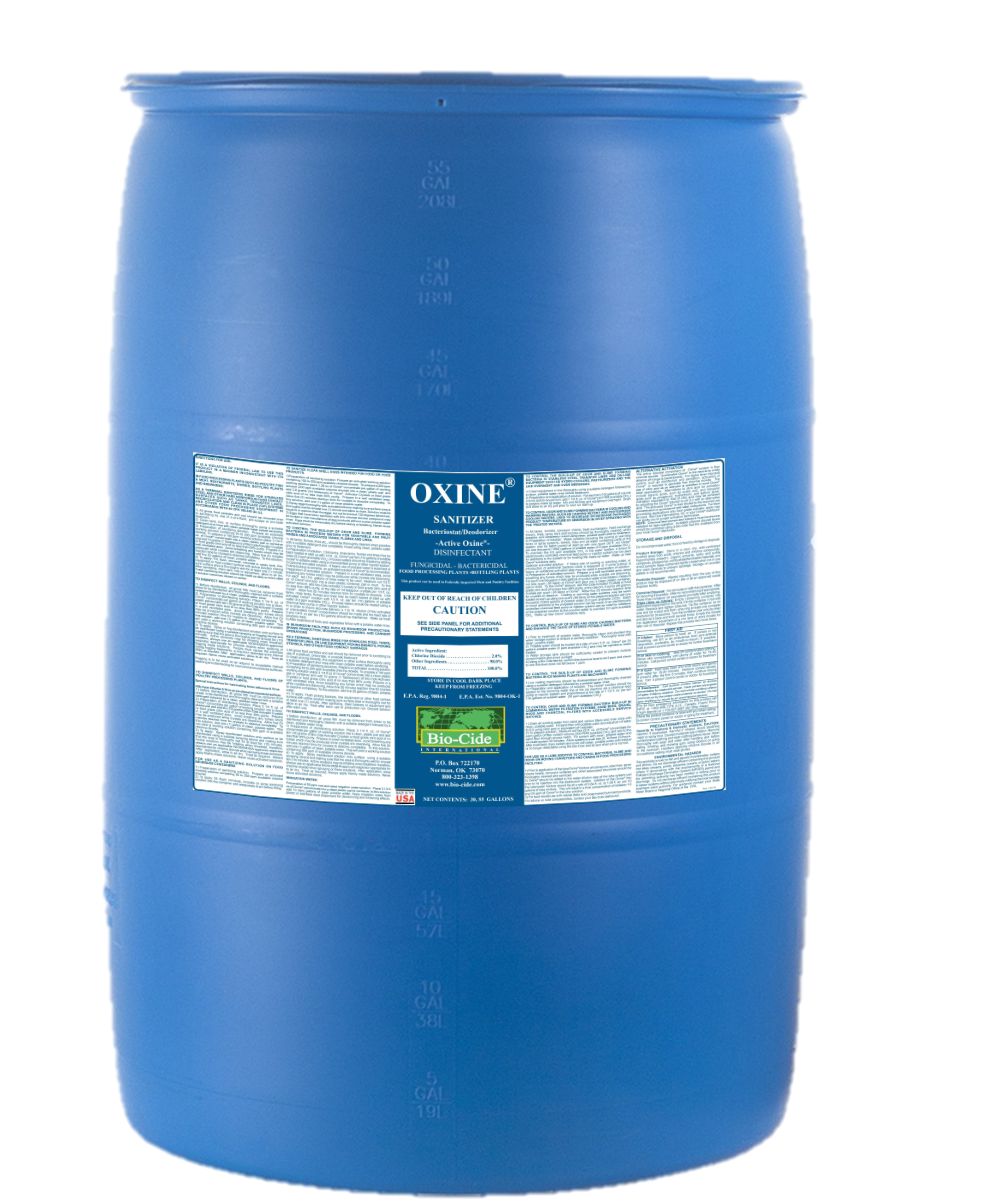
This Chlorine Dioxide Sanitizer is just what need. The oxidizing chemistry behind this product allows it to not only penetrate residues but also biofilms for complete sanitization and disinfection.
